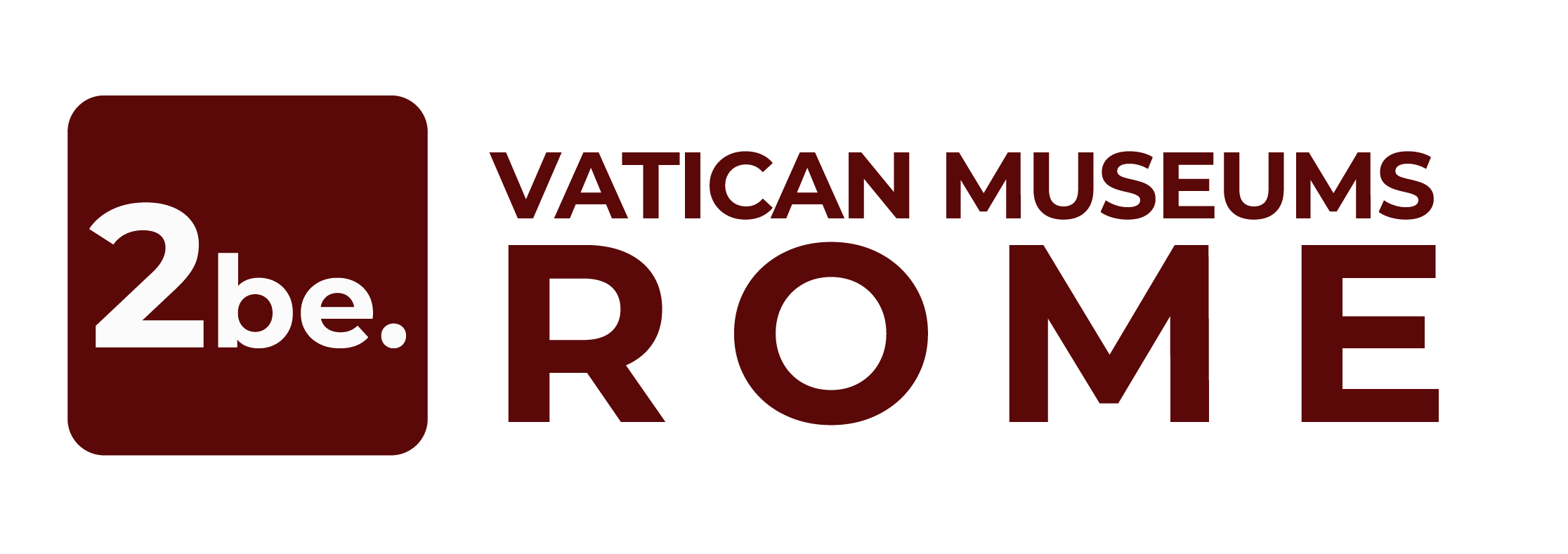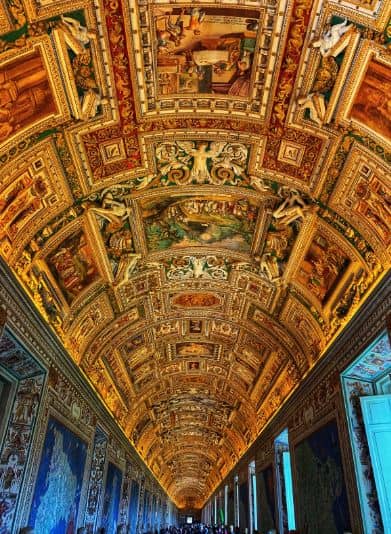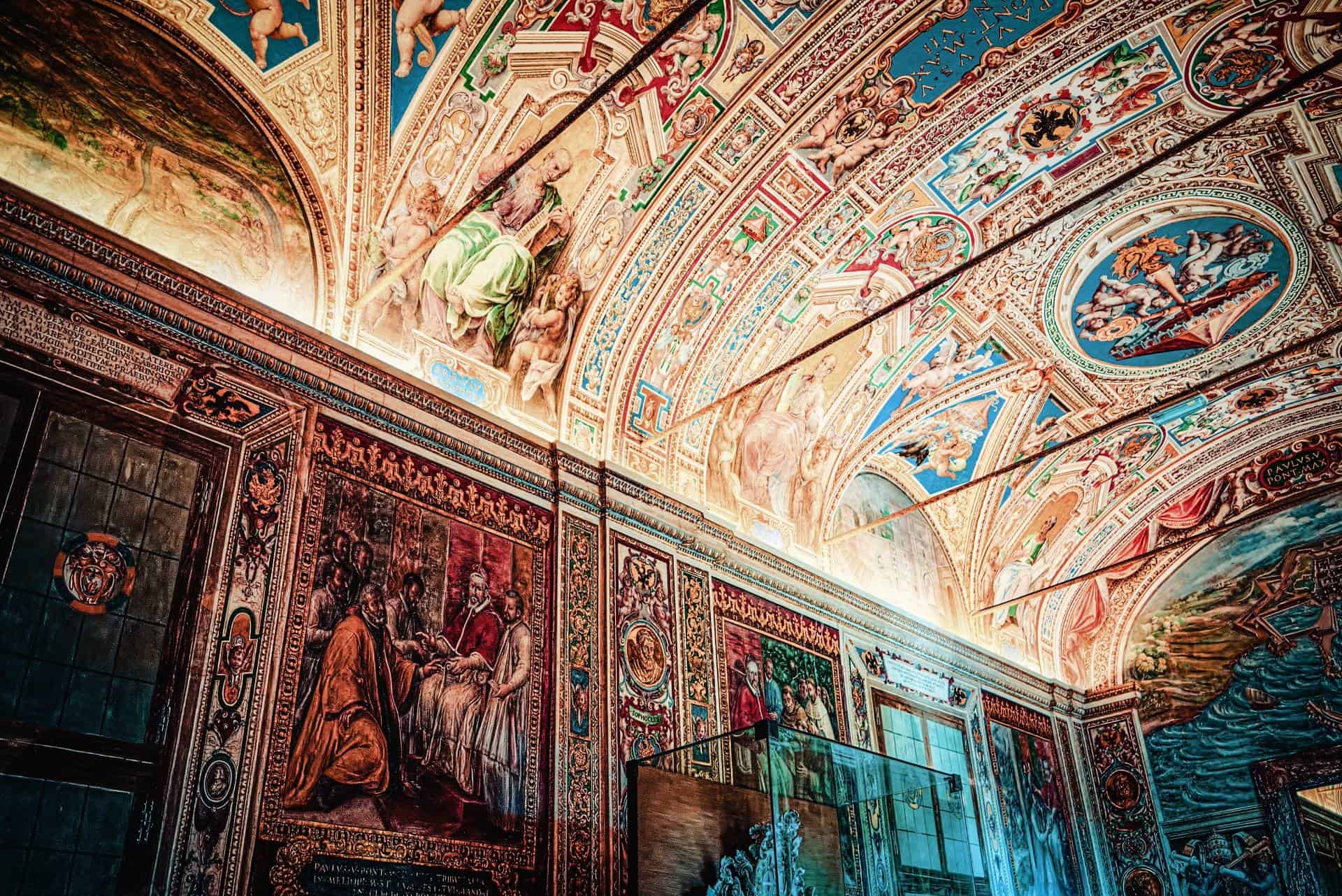The Gregorian Etruscan Museum in the Vatican Museums is a remarkable collection dedicated to the ancient Etruscan civilization, one of the most influential cultures in pre-Roman Italy. Established by Pope Gregory XVI in 1837, the museum showcases a vast array of artifacts that provide insight into the daily life, art, religion, and burial practices of the Etruscans, who thrived between the 9th and 1st centuries BC.
The museum features nine rooms filled with treasures such as intricately decorated vases, bronze sculptures, gold jewelry, and ceremonial objects. One of the highlights is the collection of Etruscan funerary urns and sarcophagi, which display detailed reliefs and inscriptions that offer a glimpse into Etruscan beliefs about the afterlife. Another must-see is the Regolini-Galassi Tomb, a reconstructed burial chamber filled with exquisite artifacts, including golden ornaments and intricate pottery, offering an unparalleled view of ancient Etruscan burial customs.
The Gregorian Etruscan Museum also includes objects from the Villanovan culture, the precursor to the Etruscans, further enriching visitors’ understanding of ancient Italian civilizations. This museum is a fascinating journey into the art and traditions of one of the oldest and most mysterious peoples of the Mediterranean world, making it an essential stop for archaeology and history enthusiasts visiting the Vatican Museums.




